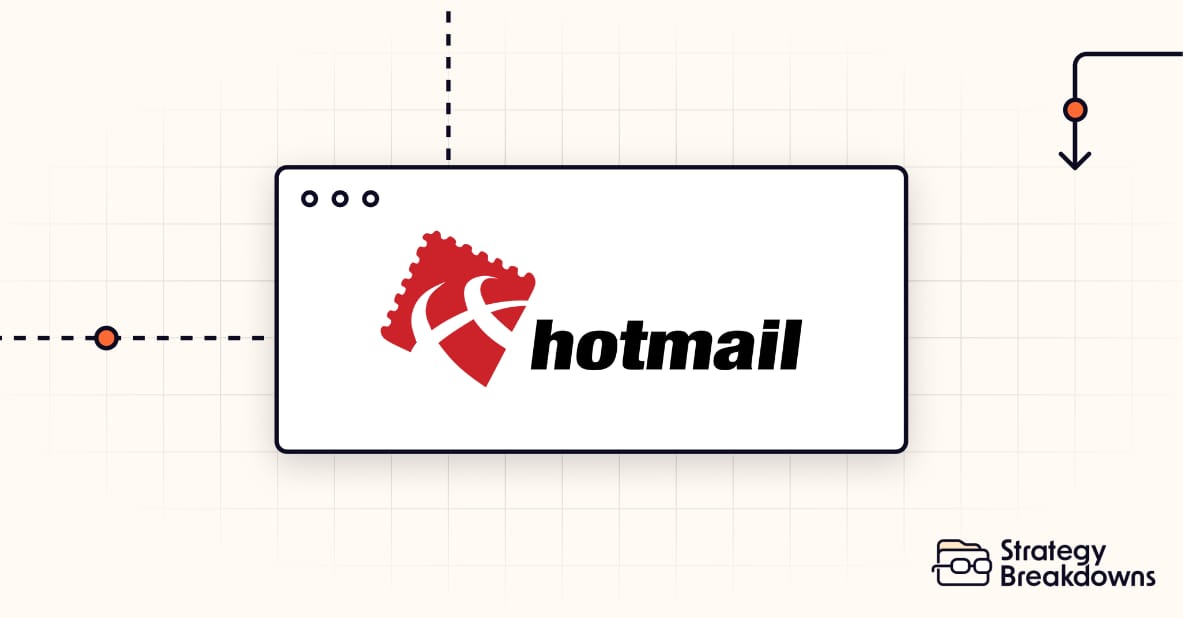Read time: 3 minutes 40 seconds

Today’s edition is a fun iteration on the usual format.
The ‘Breakdown’ section is normally ‘The strategic playbook boiled down to 3x key takeaways’
Today, it’s ‘3x different implementations of the same strategic playbook’
An old playbook. Plus 3x new spins.
Reply to this email to let me know if this resonates.
I write back to every reply :)
— Tom


Today’s breakdown is brought to you by:
There’s a world where your CRM is powerful, easily configured, and deeply intuitive.
Attio makes that a reality.
Attio is a radically new CRM built specifically for the new era of companies. It’s flexible, easily configures to your unique data structures, and works for any go-to-market motion from self-serve to sales-led.
The next era of companies deserves a better CRM.
Loved by OpenAI, Replicate, ElevenLabs and more.
My Playbook to Discover Hidden Opportunities
StrategyHub gives you the exact system I used at Atlassian to make high-impact strategic decisions using free online data.
Become your company's go-to 'insights person' by spotting patterns and opportunities that others miss.
Thank you for supporting our sponsors, who keep this newsletter free.



Chess Move
The what: A TLDR explanation of the strategy
Today’s Strategy Breakdown was inspired by the 2142 of you with @hotmail.com email addresses.
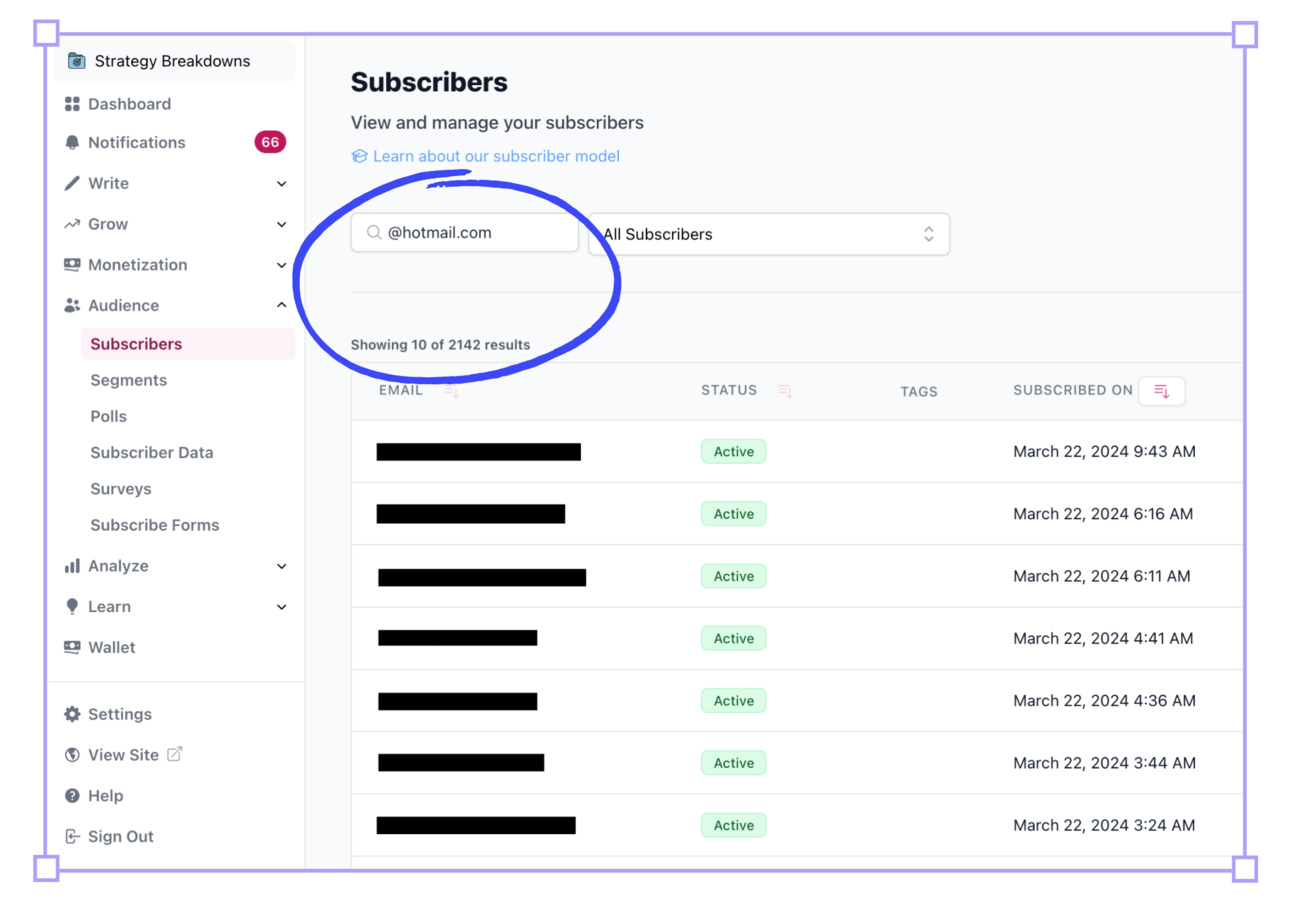
In fact, today’s strategy is the reason why 2142 of you have @hotmail.com email addresses.
Before Hotmail, only university students, corporate employees, and curious nerds with ISP-provided addresses were using email.
Hotmail was first to successfully bring email to the mainstream consumer.
Within 1.5 years of launching, Hotmail reached 12 million users (5.5 million MAU) and sold to Microsoft for $400 million.
(There were just 70 million internet users at the time).
The simple tactic behind their viral growth is regularly dubbed the ‘birth of growth hacking’: They added the following signature to the bottom of every email sent using Hotmail.

On the copywriting:
‘PS: I love you’ was an eye-catching pattern-interrupt that didn’t immediately feel like an ad - rather an unusual footnote from the sender.
It communicated that Hotmail was free, and that anyone could sign up.
It positioned Hotmail as a friendly and welcoming brand.
On the viral loop:
Critically, the word ‘Hotmail’ contained a hyperlink directing recipients to a simple sign-up page, eliminating the friction to search for the website themselves.
The sender of the email was generally someone the recipient knew, so they had reason to trust the link; a supercharged testimonial.
As Hotmail’s user-base increased, and email communication grew in popularity, the volume and frequency of the referrals grew exponentially.

Today, this playbook is so embedded into product design norms that it seems obvious.
“Powered by WordPress” or “Powered by Shopify” tags seemingly feature on every second website.
Here are 3x interesting implementations that evolve the playbook.

💡
Strategy Playbook: Automatically add a referral link wherever your customers use and share your product.


Breakdown
The how: The strategic playbook boiled down to 3x key takeaways
1. Leverage the power-users
Beehiiv is a platform that powers email newsletters (including Strategy Breakdowns)
In the footer of each email sent with beehiiv is a ‘Powered by beehiiv’ button and logo.
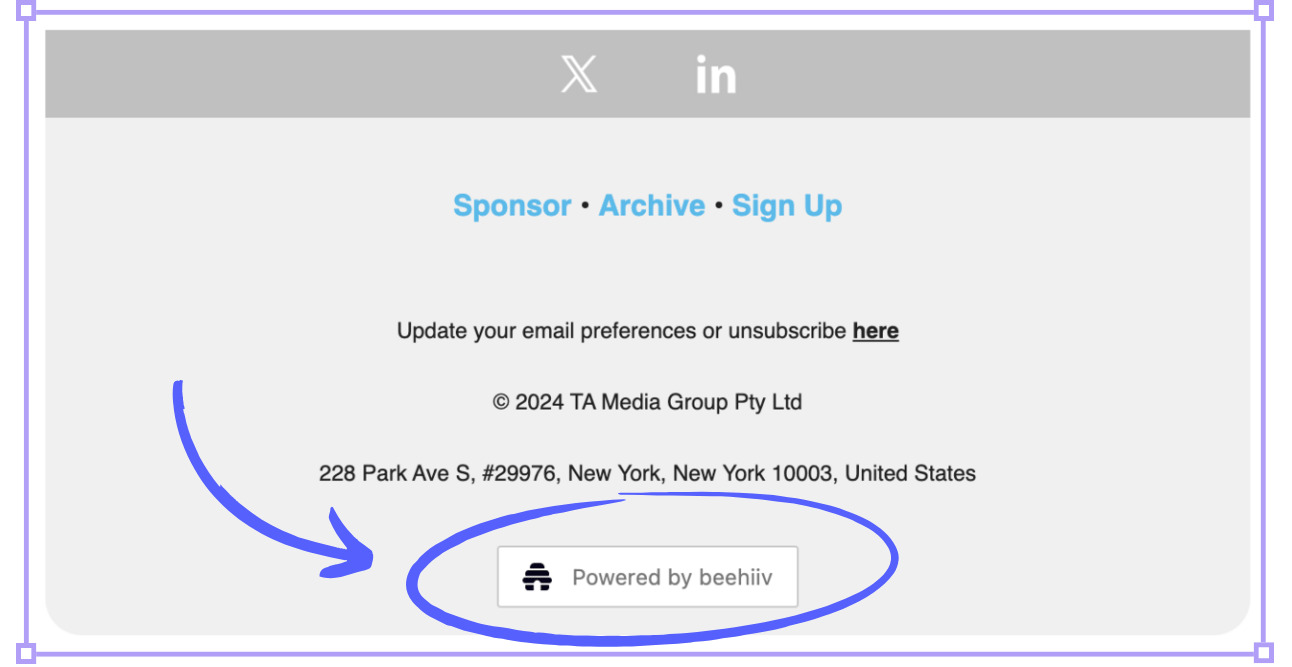
Same mechanic, but higher leverage than the Hotmail loop:
The average office worker sends a lot of emails - around 40 per weekday (~1000 per month).
By comparison, Strategy Breakdowns started 8 months ago, and we send ~150,000 emails per month.
Across the whole platform, beehiiv is sending ~800 million emails per month (and growing +5.3% MoM).
Conservatively, 800m b2b brand impressions is equivalent to $10+ million of free marketing spend every month.
2. Kill 2 birds with one stone
Hubspot’s free form-builder automatically includes a link saying “Create your own free form with Hubspot.”
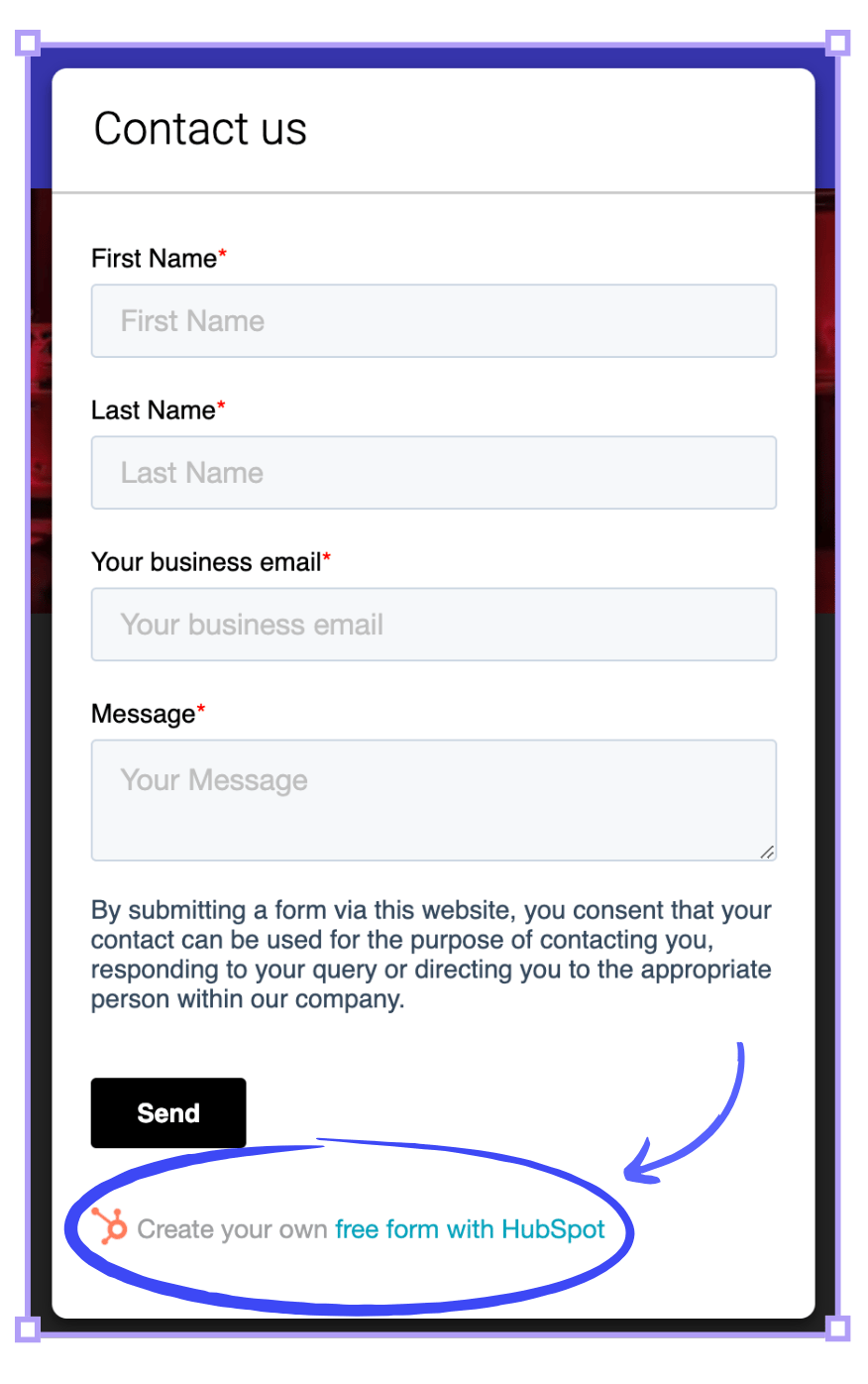
This generates free brand impressions and drives some incremental traffic to their form-builder.
But that’s not all.
Hubspot is known as one of the first b2b SaaS to crack SEO at scale.
A key driver in ranking highly on Google is ‘Domain Authority’: Google’s measure of your website’s relevance to a specific subject.
The most important factor for ‘Domain Authority’ is ‘Backlinks’: The volume and quality of websites that link to your website.
By adding backlinks to Hubspot.com wherever users publish their forms, Hubspot continuously increases its Domain Authority… on autopilot.
📚
Related reading: Our breakdown of how Canva creates free tools to capture and convert search traffic.
3. Embed value into the viral loop
Statuspage is a page that informs your users about system outages and maintenance.
At the bottom of every page, they add “Powered by Atlassian Statuspage”.
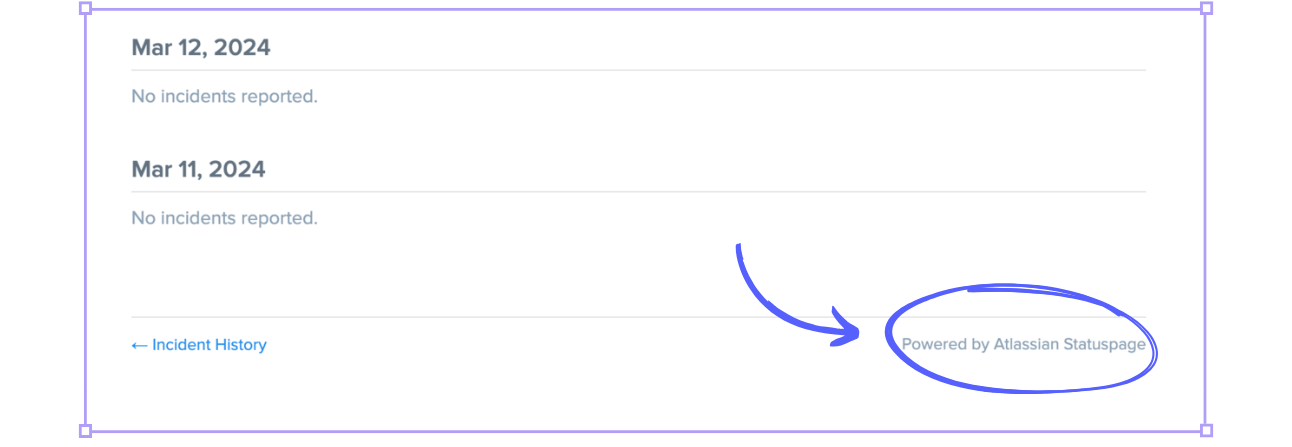
Despite early hesitations to include the link, it quickly became their #1 growth channel, with “one-third of new signups and customers originat[ing] from our existing customers’ status pages”.
Plus, customers made them aware that the badge actually provided some value in itself: It let viewers know that the status page was hosted outside of the customer’s infrastructure.
Even if a customer’s service went down, their Statuspage would be unaffected, and report the outage data reliably.
The growth hack doubled as a value proposition of the product itself.


Rabbit Hole
The where: 3x high-signal resources to learn more
[7 minute read]
The most comprehensive guide we found on how to embed viral loops into your product.
Inside, you’ll learn:
• The definition of virality and the viral loops
• The four types of viral loops: word of mouth, direct, incentivized, and organic
• How to measure virality using the K-factor
• How to bake virality into your SaaS product
[2 hour watch]
“We’d have very large customers say ‘I don’t want Powered by beehiiv in the footer’, but I saw all of the data, and I knew how valuable it was”.
Here’s the framework Tyler Denk used to assess a gnarly trade-off:
→ Let some large customers walk because including the button was a deal-breaker
vs.
→ Let some customers remove the button, knowing how many new customer referrals you potentially miss out on
[7 minute read]
A fly-on-the-wall account of the original viral loop.
“A tag line at the bottom of each message would act as free advertising… I can send you an e-mail and you can send it to all your friends and they get it and they can sign up and send it to their friends and pretty soon it takes off….
The impact was almost instantaneous. Within hours Hotmail’s growth took on the shape of a classic hockey stick curve. They started averaging 3,000 users a day, compounded daily.”
1 old playbook. 3 new spins.
Did you like the format? Send a reply!
PS: I love you. If you enjoyed this email, please forward it to a pal.


Whenever you're ready, there are 3 ways we can help you:
Our flagship course on how to use free internet data to make better strategic decisions. Contains 5 years of strategy expertise, proven methods, and actionable tactics to accelerate your career with modern-day strategy skills.
We have a growing audience of 55,000+ strategists from top companies like Google, Meta, Atlassian, Stripe, and Netflix. Apply to feature your business in front of Strategy Breakdowns readers.
One of the most common questions we get asked is: “What tools do you use to run Strategy Breakdowns?” So, we’ve open-sourced our tech stack to give you an inside-look at exactly what tools we’re using to power each corner of this operation.



